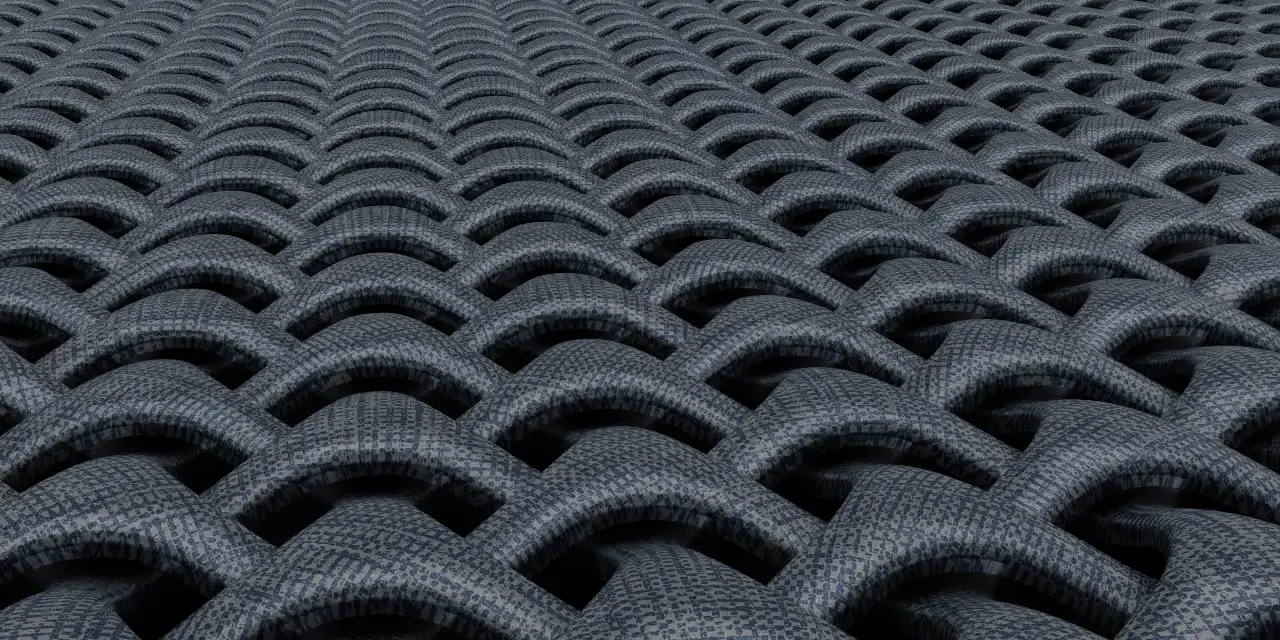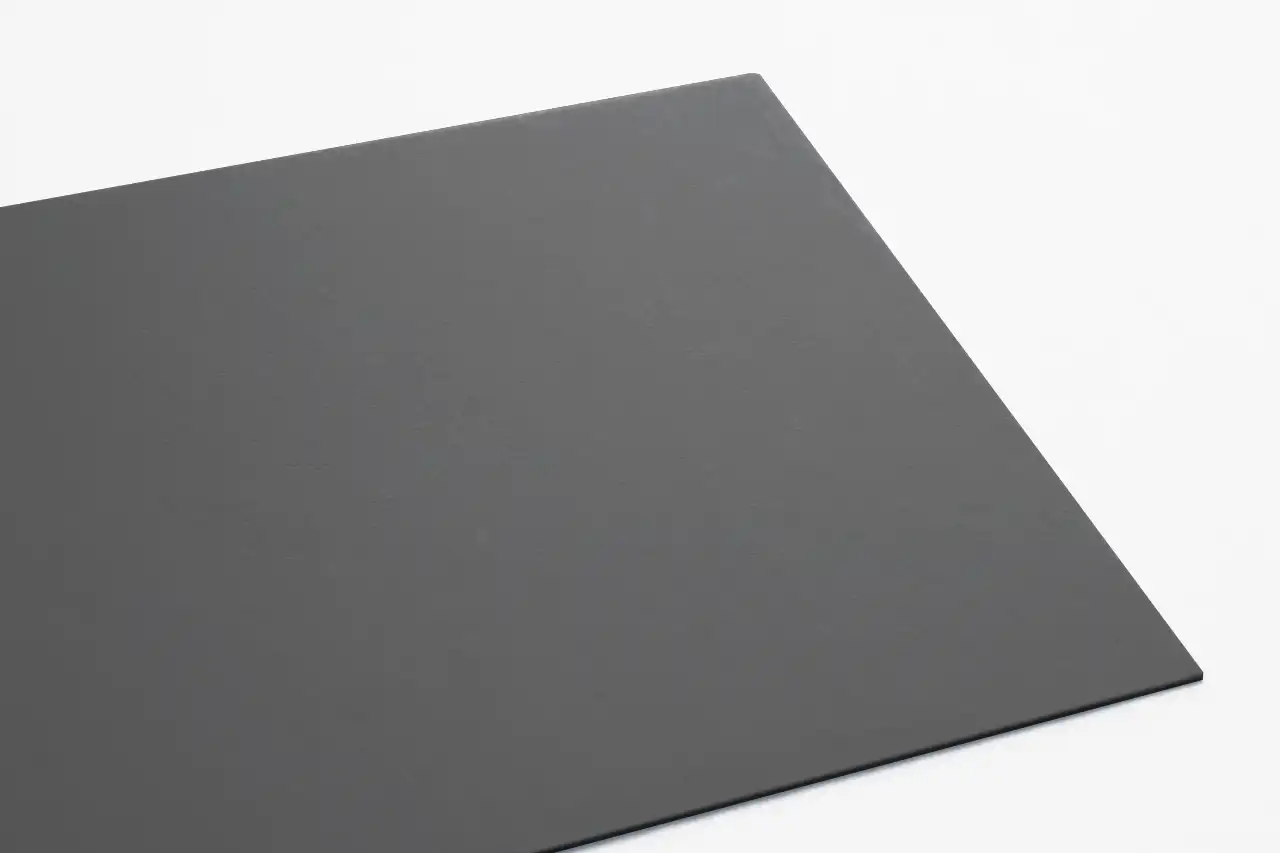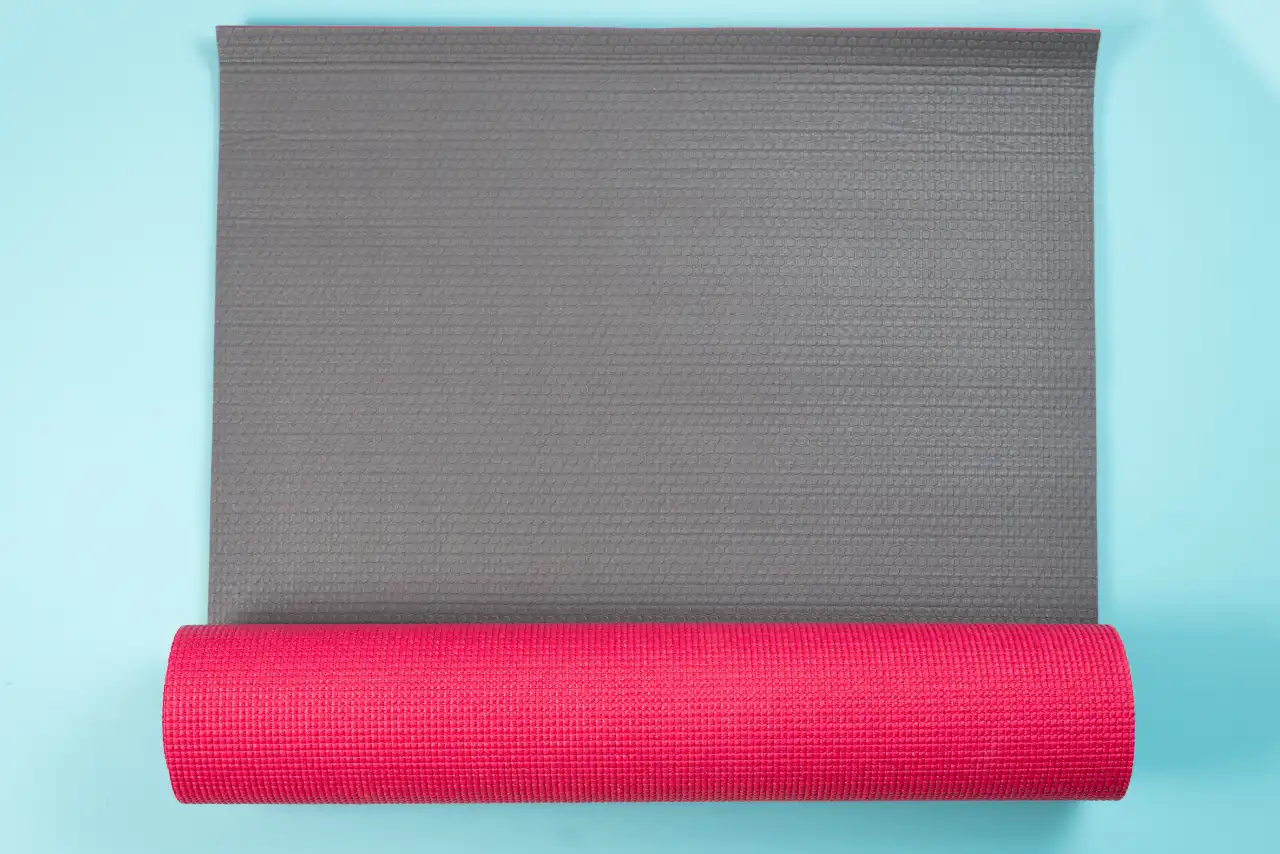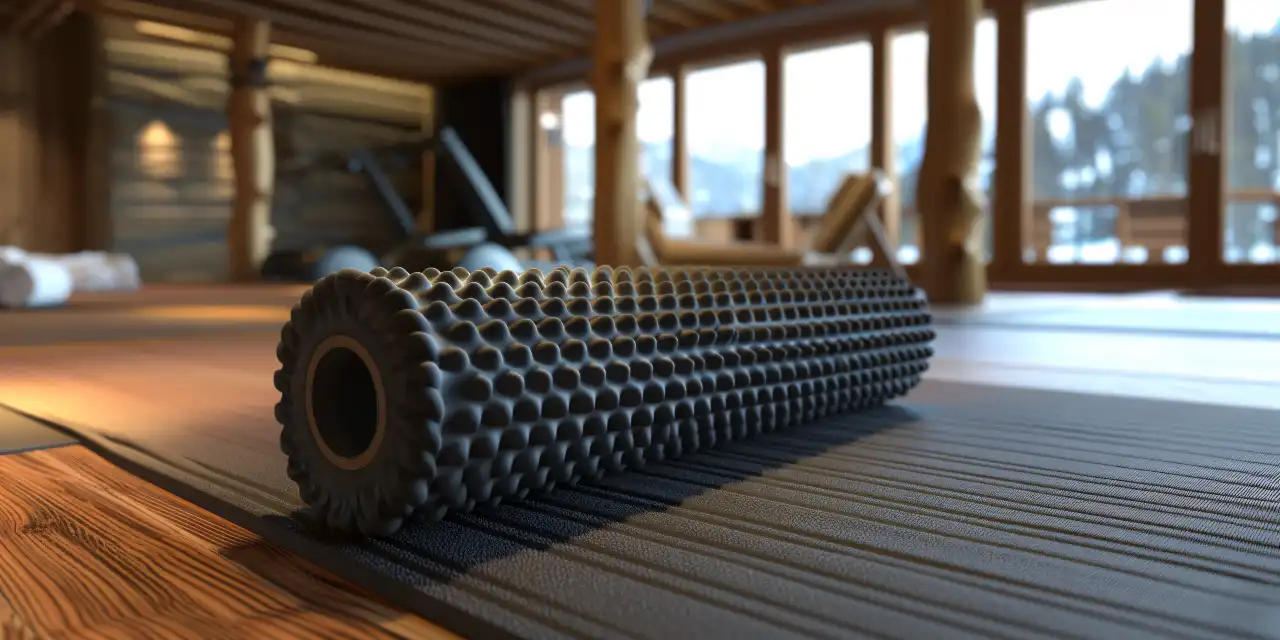Rubber production stands as a cornerstone industry, providing essential materials for a multitude of applications worldwide. At its core lie two fundamental raw materials: natural rubber and synthetic rubber. In this exploration, we delve into the characteristics, extraction, and applications of these pivotal substances.
Natural Rubber: Harvesting Nature’s Bounty
Natural rubber, derived from the latex sap of the Hevea brasiliensis tree, serves as the foundational material in rubber production.
Extraction Process The process commences with incisions made in the bark of rubber trees, allowing the latex sap to flow into collection vessels. This milky fluid is subsequently processed to remove impurities and enhance its rubber content.
Properties Natural rubber boasts exceptional elasticity, resilience, and abrasion resistance, making it indispensable in applications demanding flexibility and durability. These properties render it ideal for crafting vehicle tires, conveyor belts, footwear, and various industrial products.
Sustainability The cultivation of rubber trees contributes to forest conservation efforts and provides livelihoods for communities in tropical regions. However, concerns persist regarding issues such as deforestation and land-use changes associated with rubber plantation expansion.
Synthetic Rubber: Engineering Innovation
Synthetic rubber, a product of chemical processes utilizing petroleum-derived hydrocarbons or alternative raw materials, represents a pivotal innovation in rubber production.
Types of Synthetic Rubber Several types of synthetic rubber exist, each tailored to specific applications. Common variants include styrene-butadiene rubber (SBR), polybutadiene rubber (BR), and ethylene-propylene rubber (EPR).
Manufacturing Process Synthetic rubber is typically synthesized through polymerization reactions, wherein monomers are chemically bonded to form elongated polymer chains. This process allows for the customization of rubber properties to suit diverse industrial needs.
Applications Synthetic rubber finds extensive use across industries, including automotive, construction, electronics, and healthcare. Its versatility enables it to be utilized in various forms, from car tires and seals to adhesives and gaskets.
Advantages Synthetic rubber offers numerous advantages, including consistent quality, superior resistance to aging and weathering, and the ability to be tailored for specific applications. Moreover, it reduces reliance on natural rubber, providing a stable supply for industries worldwide.
Conclusion: Bridging Nature and Innovation In conclusion, natural rubber sourced from rubber trees and synthetic rubber synthesized through chemical processes represent the twin pillars of rubber production. Their combined contributions fuel the advancement of industries, from transportation to manufacturing, embodying the dynamic interplay between nature’s bounty and human ingenuity.





